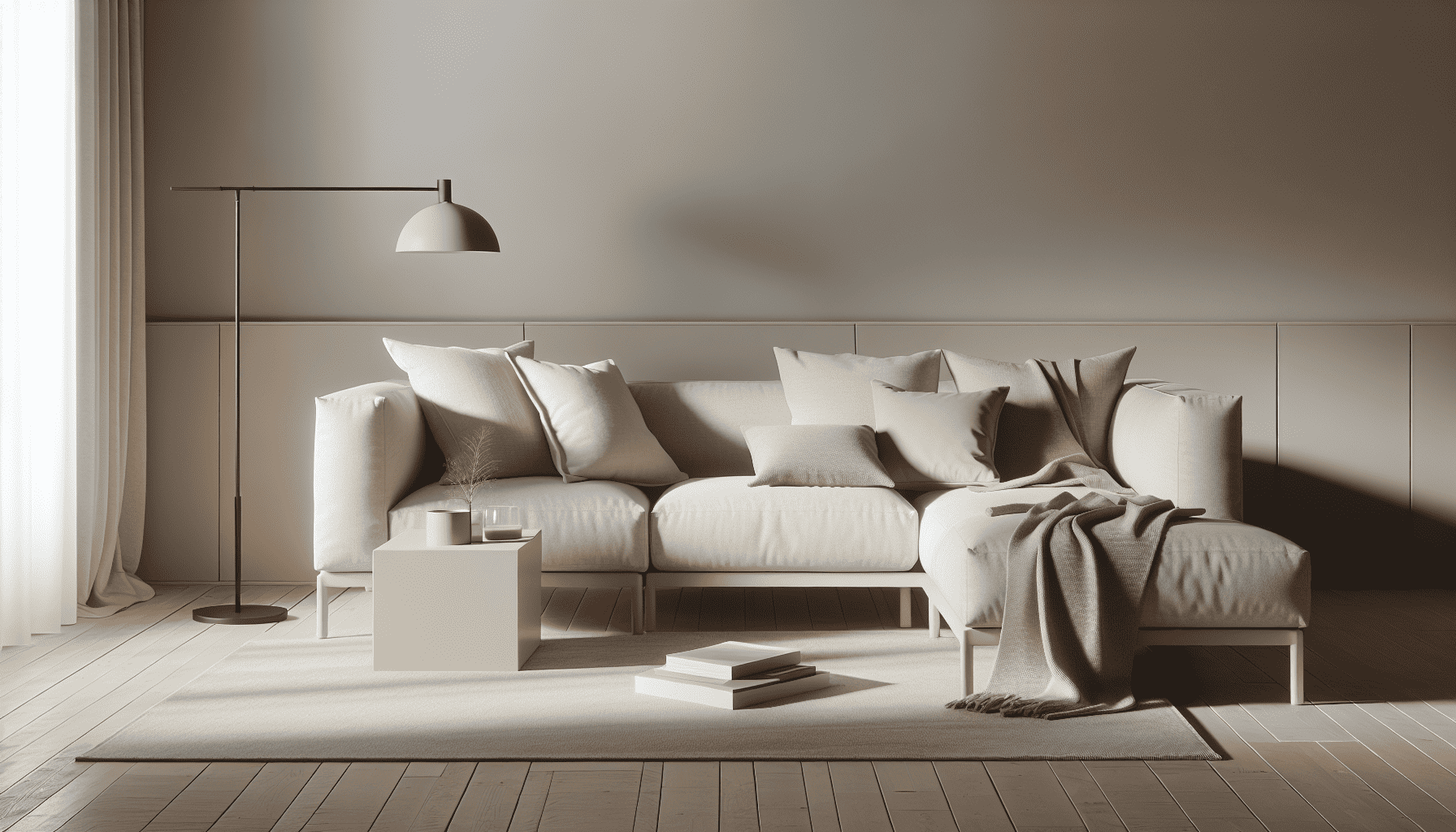In an era where cluttered living spaces and overwhelming interiors are becoming increasingly common, modern minimalism has emerged as a refreshing counterbalance. This design philosophy thrives on the ethos of "less is more," focusing on creating spaces that are both functional and aesthetically pleasing while eliminating the unnecessary. By embracing minimalism, you can transform your home into a sanctuary of simplicity and elegance.
Minimalistic decor is characterized by a few key elements: clean lines, a restrained color palette, and intentional use of space. The primary goal is to design a room that conveys calmness and clarity, often achieved through careful selection of furnishings and decor items.
Firstly, when considering a minimalistic approach, one must prioritize the function over form. Each item in the room should serve a purpose, whether it's for utility, comfort, or aesthetics. This doesn't mean sacrificing beauty for practicality but rather finding a harmonious balance between the two. For instance, opting for multi-functional furniture like a sleek sofa bed or a stylish storage ottoman can maintain the minimalist look without compromising on utility.
Colors play a critical role in minimalistic decor. Neutral colors like white, beige, gray, and soft pastels are often preferred as they create a bright, airy feel and provide a perfect backdrop for bolder accent pieces. The restrained color palette sets a serene mood, making the room feel both expansive and inviting. However, it's important to introduce subtle pops of color or texture to keep the space from feeling sterile. This could be achieved through accessories like a vibrant throw cushion or an art piece that stands out against the neutral background.
Minimalistic spaces often feature open floor plans to maximize the flow of space and light. Rooms are designed to feel open and unencumbered, encouraging a sense of freedom and relaxation. Natural light is a crucial element; large windows, often unadorned or with sheer curtains, allow sunlight to flood in, further enhancing the room's spaciousness and tranquility.
Incorporating natural materials is another hallmark of modern minimalism. Wood, stone, and glass are commonly used to add warmth and texture to a minimalistic room without cluttering the visual composition. These elements not only bring in an organic touch but also complement the clean lines of minimalistic design.
Decluttering is central to achieving a minimalistic style. The mantra "a place for everything, and everything in its place" should guide your organization efforts. Maximize storage solutions with built-in cabinets and hidden storage options to maintain the clean lines that define minimalism. Display only the essentials and embrace the beauty of negative space, which can offer a surprisingly powerful design statement.
When it comes to decor, minimalism encourages quality over quantity. Instead of filling your space with numerous decorative items, choose a few striking pieces that speak to your personality and style. These might include a statement vase, a minimalist clock, or a sculptural plant. The idea is to create focal points that draw the eye without overwhelming the viewer.
The appeal of modern minimalism lies in its ability to create peaceful environments devoid of distraction. It manages to harmonize beauty with simplicity, thereby promoting an enhanced sense of well-being. Whether you are redesigning a single room or an entire home, minimalism offers a timeless solution to achieving elegance and tranquility. By mindfully curating your surroundings, you can enjoy a space that not only reflects the modern aesthetic but also nurtures a simpler, more intentional way of living.
